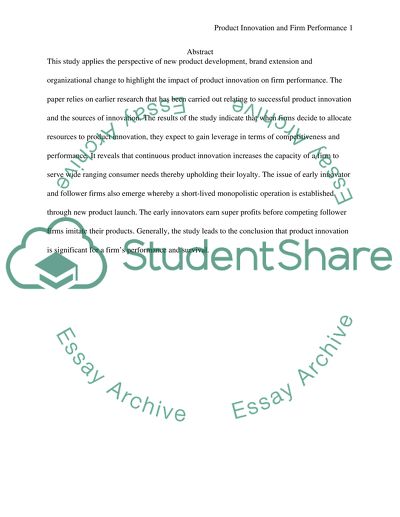Cite this document
(“Product Innovation on Firm Performance Research Paper”, n.d.)
Retrieved from https://studentshare.org/marketing/1392902-product-innovation-on-firm-performance
Retrieved from https://studentshare.org/marketing/1392902-product-innovation-on-firm-performance
(Product Innovation on Firm Performance Research Paper)
https://studentshare.org/marketing/1392902-product-innovation-on-firm-performance.
https://studentshare.org/marketing/1392902-product-innovation-on-firm-performance.
“Product Innovation on Firm Performance Research Paper”, n.d. https://studentshare.org/marketing/1392902-product-innovation-on-firm-performance.


